Welcome to the vibrant and diverse region of South America, where we explore two of the continent’s most fascinating countries – Ecuador and Colombia. Nestled in the northwest corner of South America, both countries boast stunning landscapes, rich cultural heritage and a unique blend of modern and traditional lifestyles. So let’s dive in, the ulimate comparison: Ecuador vs Colombia!

Known as the ‘middle of the world’, Ecuador is a land of geographical and cultural contrasts, with the towering Andes Mountains to the east, the tropical Amazon rainforest to the south and the Pacific Ocean to the west. Ecuador is home to the Galapagos Islands, a UNESCO World Heritage Site and a paradise for nature and wildlife lovers.
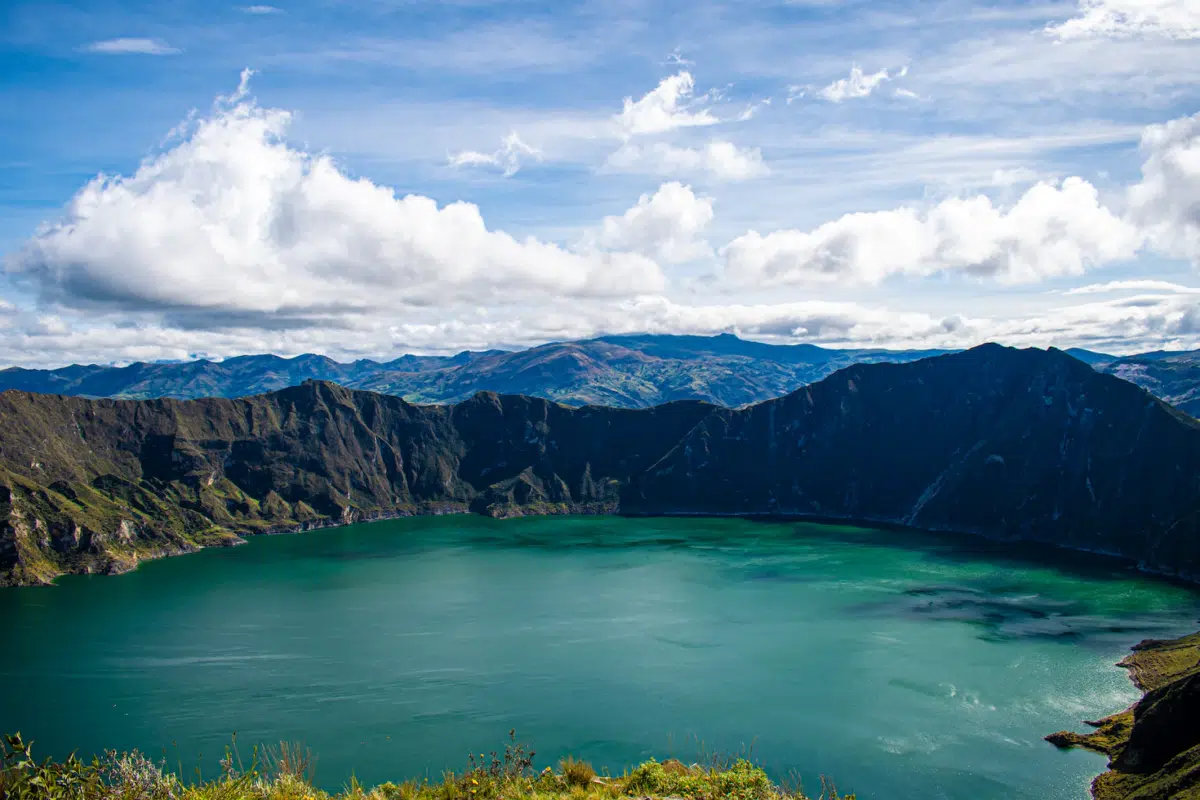
Colombia, on the other hand, is a country of great diversity and is fast becoming one of South America’s top travel destinations. From the lush rainforests and pristine beaches of the Caribbean coast to the high-altitude coffee plantations of the Andes, Colombia’s scenery is breathtaking. The country is also known for its vibrant culture, delicious cuisine and friendly people.
While each country has its own unique character and charm, Ecuador and Colombia share many similarities in terms of geography, history and culture. Join us as we explore the best of Ecuador and Colombia and compare the two to see which comes out on top as a must-visit destination.
Top Things to Do in Ecuador vs Colombia
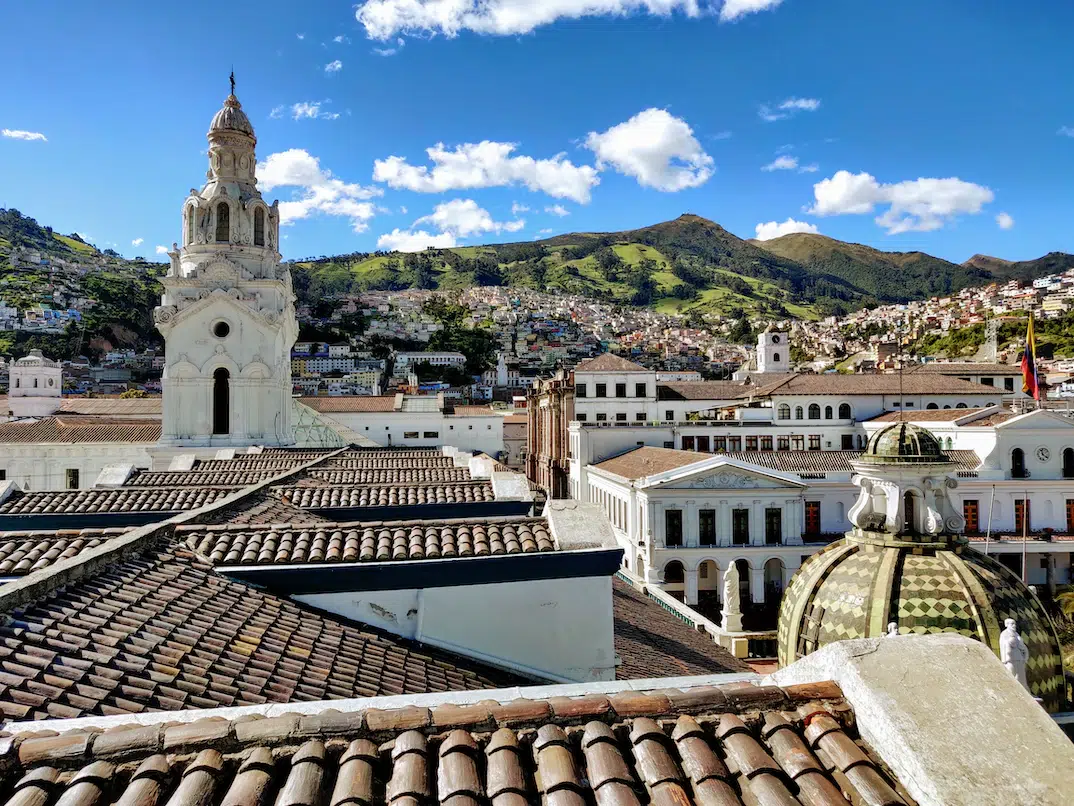
When it comes to planning a trip as a tourist, Ecuador and Colombia are two countries that offer a wide variety of attractions and activities. Both countries offer plenty of activities and attractions for tourists to explore.
In Ecuador, you can explore the old colonial towns of Quito and Cuenca, climb the snow-capped Cotopaxi Volcano or take a canoe ride through the Amazon jungle. The Galapagos Islands are also a must-see, where you can spot some of the world’s most unique wildlife such as giant tortoises, iguanas, and flamingos.
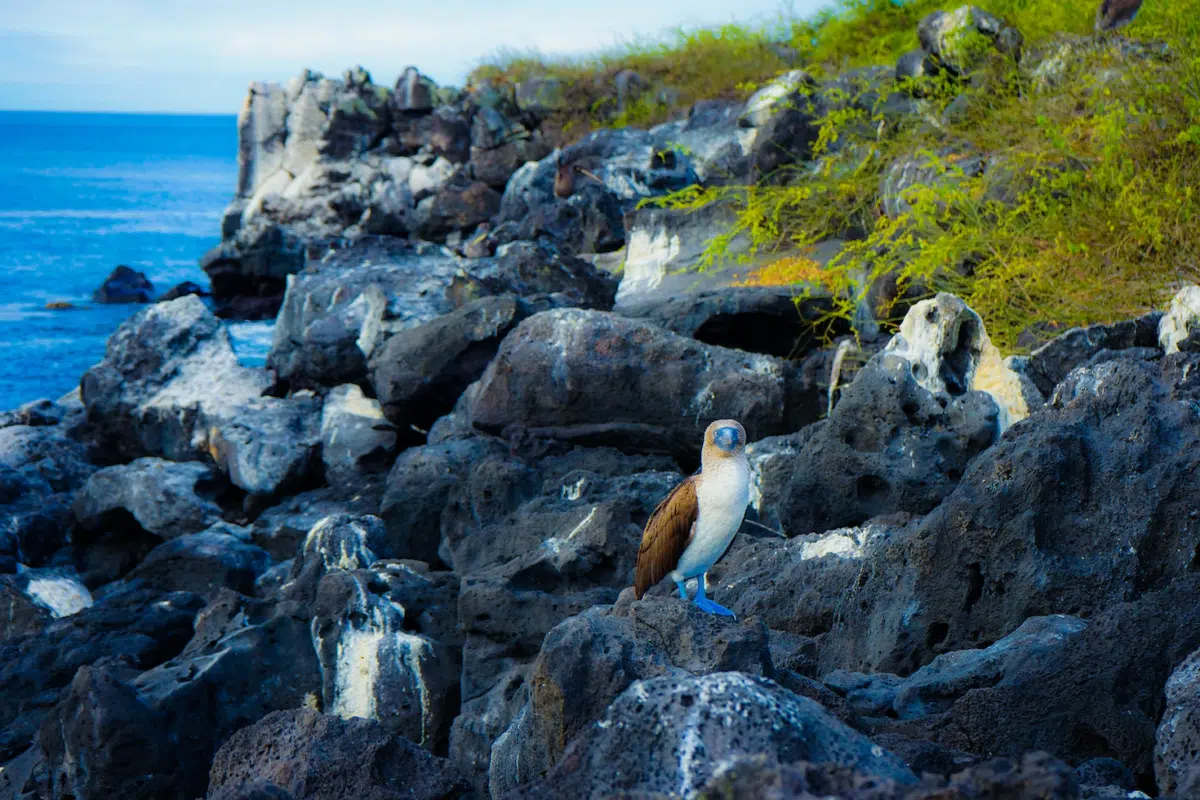
You can also wander through the lush green countryside, visit hot springs in the Andes sierra, and explore the many markets and shops of the country. When visiting Ecuador, visitors can explore the country’s many national parks, such as El Cajas, which offer stunning views of the Andes Mountains.
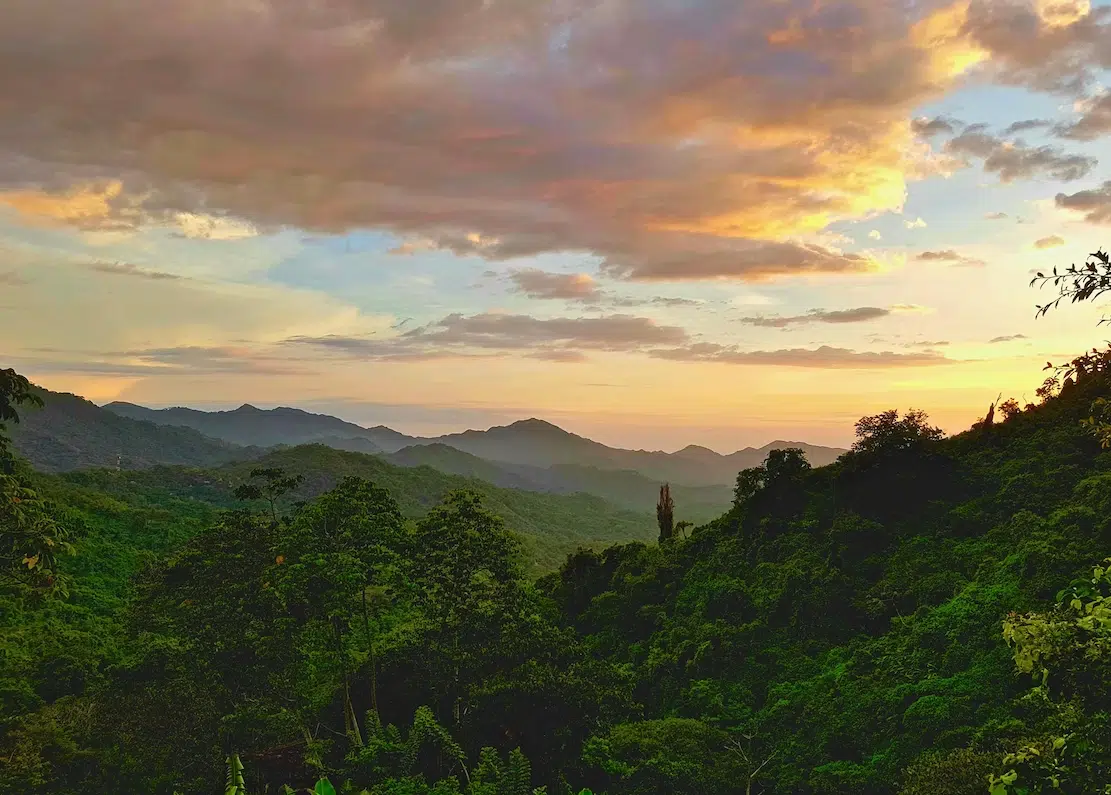
In Colombia, you can journey into the Amazon basin, cycle or skate car-free roads in Bogotá, explore the beautiful Caribbean beaches of Tayrona National Park, and delve into the Salt Cathedral of Zipaquirá. The country also offers plenty of adventure for watersports lovers, such as diving in the UNESCO Seaflower Biosphere Reserve and sailing around the tropical islands of San Andres and Providencia. Colombia is also known for its vibrant cities, like the salsa capital of Cali and the colonial city of Cartagena, as well as its many archaeological ruins like the Ciudad Perdida.
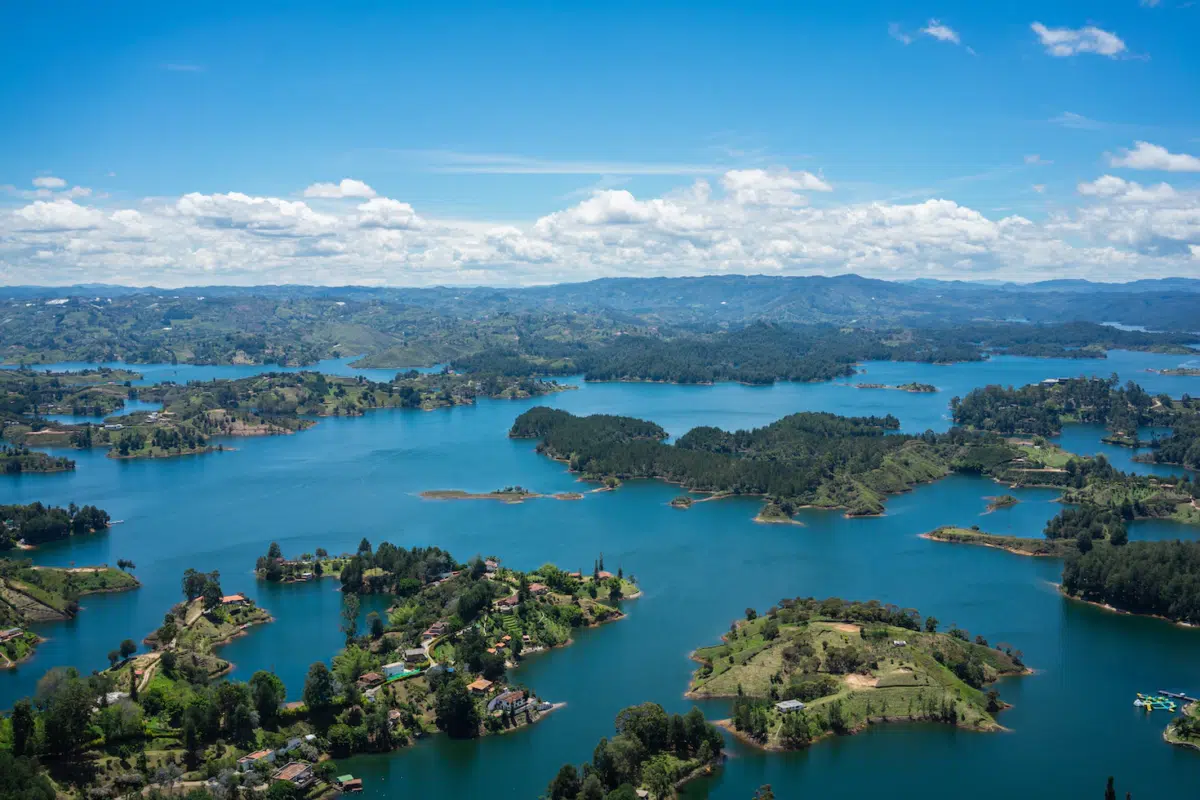
Overview Tourist Attractions: Ecuador vs Colombia
In conclusion, both Ecuador and Colombia offer a variety of activities and attractions to explore. Whether you’re looking for a historical adventure, a wildlife safari, or a vibrant city scene, both countries have something to offer. Whether you’re looking for an adventure, a cultural experience, or a relaxing escape,
Ecuador and Colombia have something for everyone. From exploring the lush jungles of the Amazon to admiring the colonial architecture of Quito, both countries offer a unique and unforgettable experience for travelers.
| Category | Ecuador | Colombia |
| Tourist attractions | Old colonial towns of Quito and Cuenca , Climbing the Cotopaxi Volcano , Canoe ride through the Amazon jungle , Galapagos Islands for unique wildlife , Lush green countryside , Hot springs in the Andes sierra , National parks such as El Cajas for stunning views of the Andes Mountains | Amazon basin , Cycling or skating car-free roads in Bogotá , Caribbean beaches of Tayrona National Park , Salt Cathedral of Zipaquirá , Watersports in Seaflower Biosphere Reserve , Sailing around tropical islands of San Andres and Providencia , Vibrant cities like Cali and Cartagena , Archaeological ruins like Ciudad Perdida |
| Activities | Historical adventures , Wildlife safari , Vibrant city scenes , Cultural experiences , Relaxing escape , Unique and unforgettable experiences | Historical adventures , Wildlife safari , Vibrant city scenes , Cultural experiences , Relaxing escape , Unique and unforgettable experiences |
Food and Drinks

Both countries are blessed with a variety of fresh produce, unique ingredients and flavorful dishes.
In terms of food, both countries share several dishes, such as ceviche, bollos de pescado, llapingachos, and soups. However, Ecuador is known for its hearty dishes such as cuy (roast guinea pig) and locro (a soup of potato, cheese, corn and avocado). Meanwhile, Colombia is known for its fresh seafood, rice-based dishes, and its famous Bandeja Paisa dish. Both countries have a variety of traditional dishes that are unique to their respective regions.
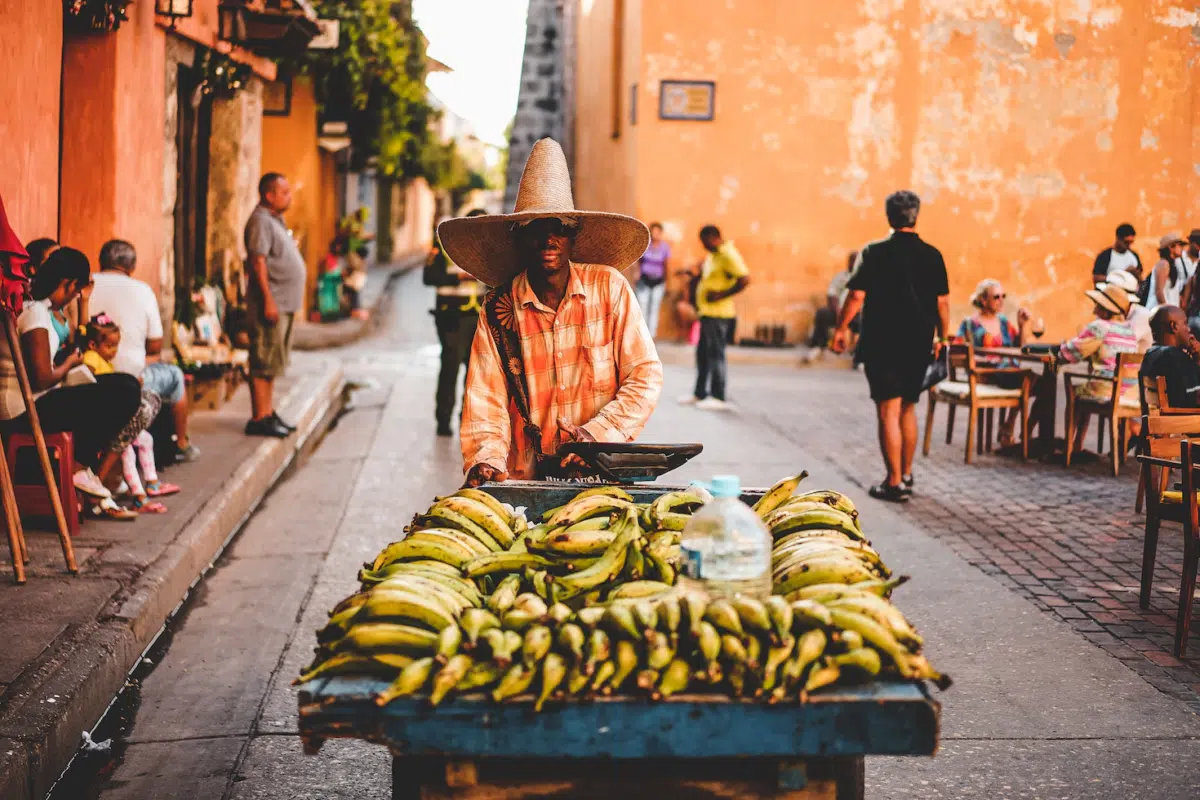
In Ecuador, popular dishes include cuy, which is roast guinea pig served with potatoes, soups such as chupe de pescado, a fish and vegetable soup, and ceviche, a cold raw fish, conch and/or shrimp marinated in lime juice and seasoned. Another common dish found throughout the mountainous region is llapingachos, which consists of potato cakes fried with cheese.
In Colombia, breakfast is almost a sacred meal, and a typical breakfast might include tamales, arepas, changua, and calentado. Coffee is the priority for most Colombians, and the Juan Valdez chain of coffee shops is a popular choice. For lunch, a typical option is almuerzo ejecutivo, a buffet with a fixed menu of soup, main course and dessert. Popular dishes include
- Bandeja paisa, a dish of rice, beans, egg, fried plantains, and minced beef
- Ajiaco, a creamy potato soup with shredded chicken
- Rice, fried chicken, fried eggs, and beans.
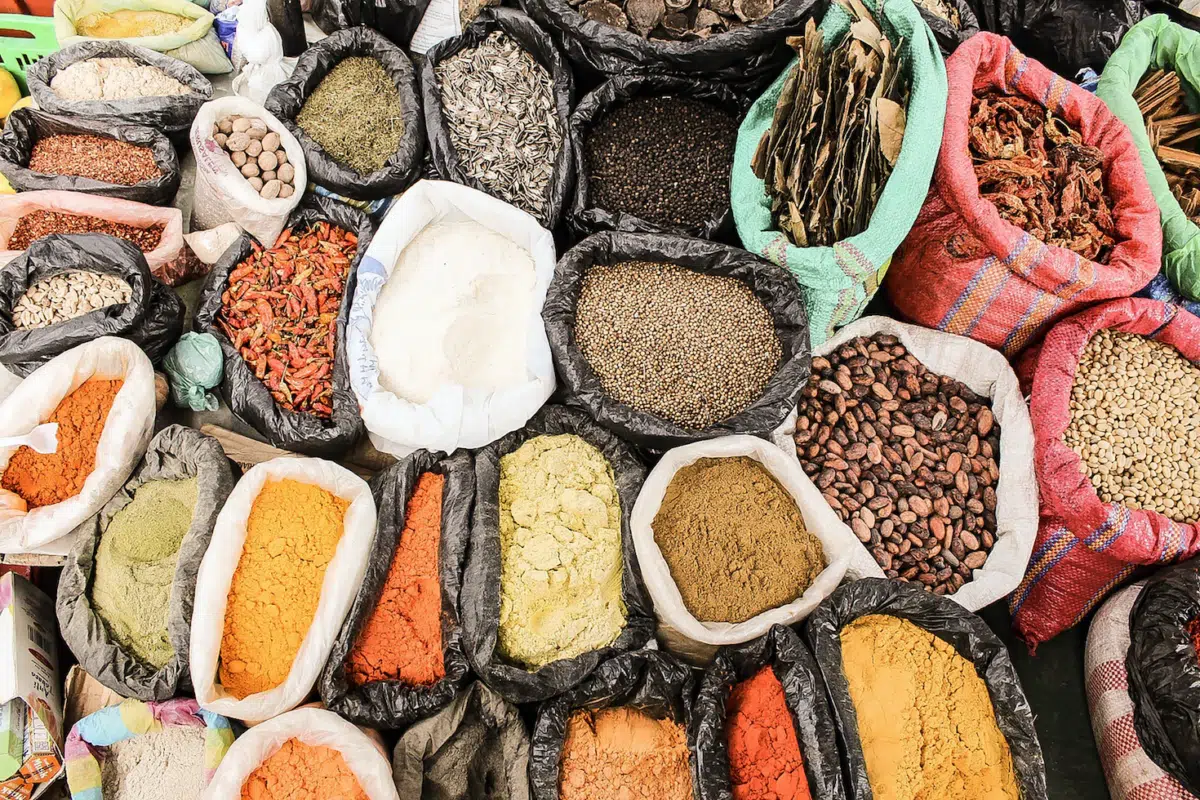
Drinks: Ecuador vs Colombia
Popular drinks include local beers, such as Aguila, Club Colombia, and craft beer from Bogota Beer Company and aguardiente or ron, which are often served in canelazo, a hot alcoholic drink made from water boiled with cane sugar, aguardiente or ron, and spices like cinnamon.
When it comes to drinks, Ecuador is known for its excellent beer, and its most popular brand is Pilsener.
The two countries also have their own versions of alcoholic drinks, such as canelazo (Ecuador) and aguardiente or ron (Colombia).
Similiarities Ecuador vs Colombia
Despite the differences in dishes, Ecuador and Colombia share some similarities in their food and beverages. Both countries use aji or hot sauce with their meals and the use of tropical fruits for fresh fruit juices is common. They also both have a love for coffee, though Colombians tend to opt for the Juan Valdez chain of coffee shops and Colombians rarely drink tea, except for herbal tea or fruit tea.

When eating out in either country, it’s important to note that a 10% service charge is usually added to bills, and the drinking age is 18. Overall, Ecuador and Colombia share similar cuisines, with some variations depending on the region.
Both countries offer a wide range of traditional dishes, as well as excellent drinks.
Summary Food: Ecuador vs Colombia
Overall, Ecuador and Colombia are both rich in culture and cuisine, with each country having its own unique dishes and flavors. Whether it’s enjoying a cuy in Ecuador or a bandeja paisa in Colombia, the two countries have plenty of delicious foods and drinks to offer.
| Category | Ecuador | Colombia |
| Shared dishes | Ceviche, bollos de pescado, llapingachos, soups | Ceviche, rice-based dishes, Bandeja Paisa, soups |
| Unique dishes | Cuy (roast guinea pig), locro (potato, cheese, corn, avocado soup) | Fresh seafood, Bandeja Paisa |
| Popular drinks | Pilsener beer, canelazo (hot alcoholic drink) | Coffee (Juan Valdez chain), local beers (Aguila, Club Colombia, craft beer), aguardiente or ron |
| Commonalities | Use of aji/hot sauce, tropical fruits for juices, love for coffee | Use of aji/hot sauce, love for coffee, 10% service charge added to bills, drinking age is 18 |
Beaches
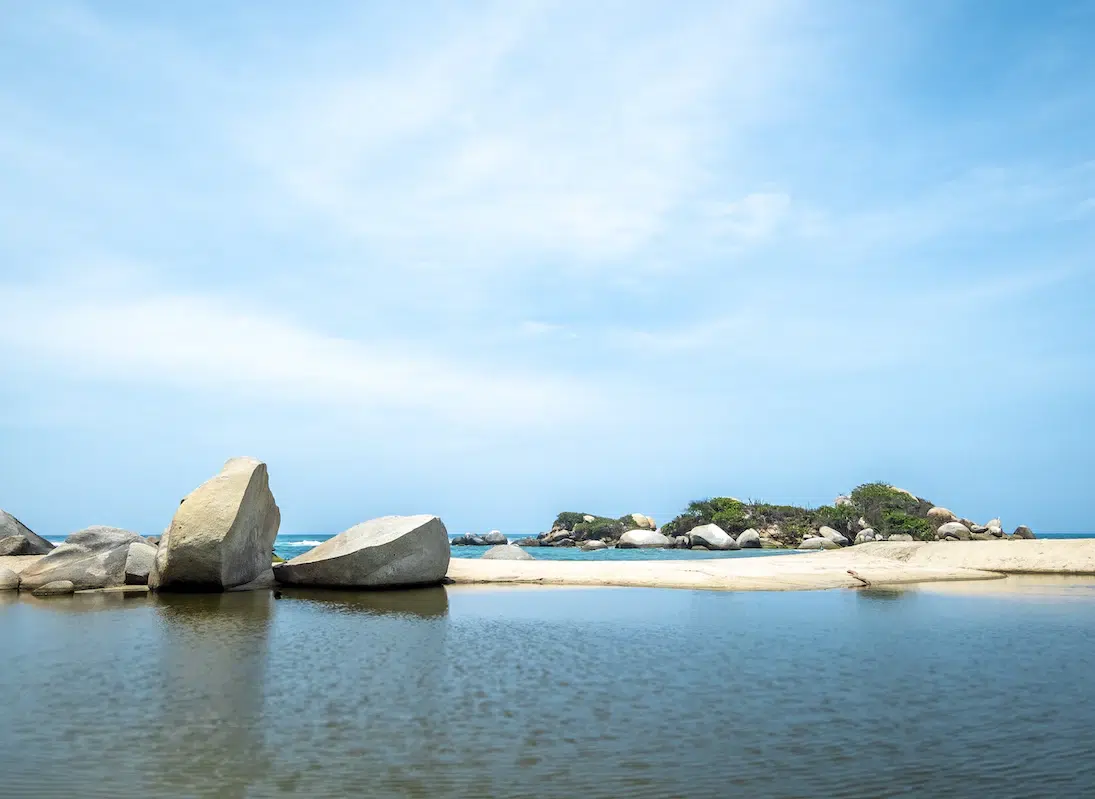
Ecuador and Colombia are two South American countries renowned for their natural beauty and vibrant cultures. While many people flock to these countries for their mountain peaks, rainforests and wildlife, they both boast a stunning Pacific coast that offers some of the most amazing beaches in South America. Whether you’re looking for a place to relax in the sun, party, spot wildlife or surf, both Ecuador and Colombia have something to offer.
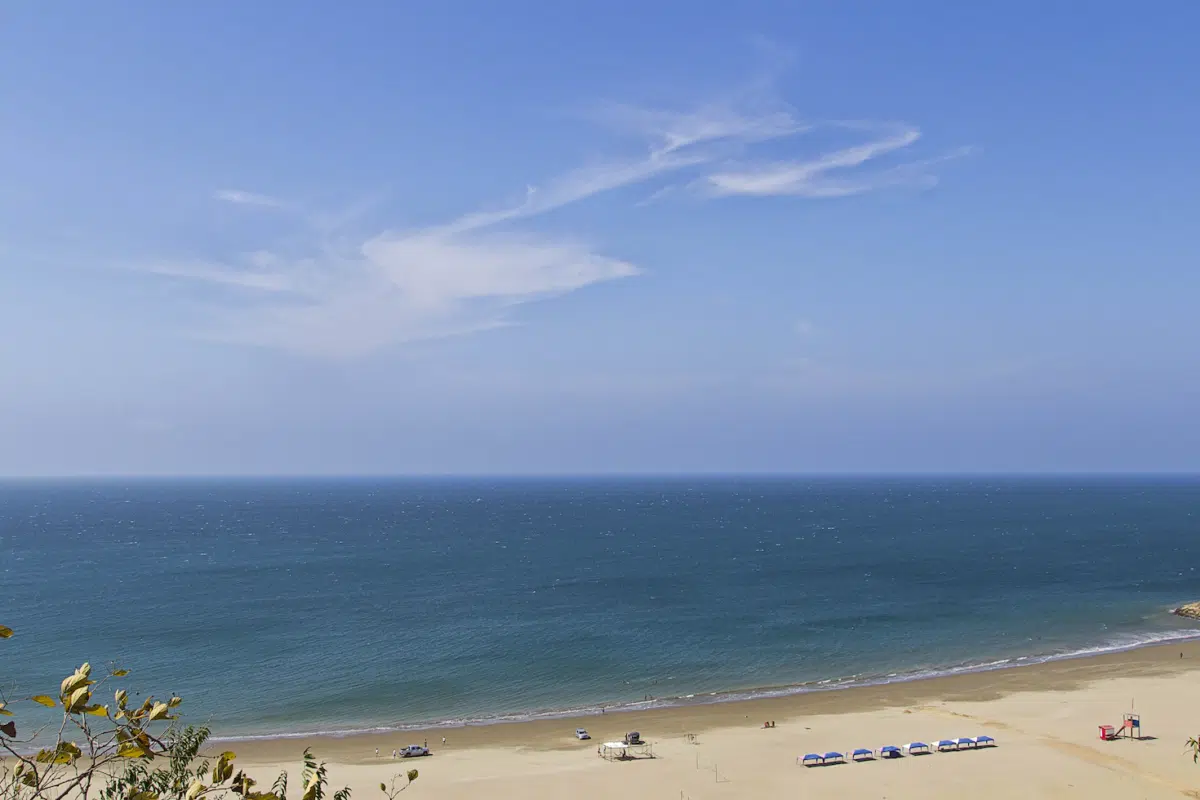
Perfect for swimming and sunbathing, Ecuador’s beaches are renowned for their powdery white sands and warm blue waters. The most popular beach in Ecuador is Puerto Lopez, known for its golden sands, good for swimming and water sports. But there are also a lot of boats on the beach (part of it).
Other notable beaches in Ecuador include Rabida Island’s Red Beach, where you can see sea lions, flamingos and sometimes even Galapagos penguins; Playa de Olon, perfect for relaxing and watching the horizon; and the best beaches in Ecuador, which include Puerto Lopez for swimming, Mompiche for surfing, Montañita for partying, Tortuga Bay for wildlife watching and Ayangue or Santa Marianita for families.
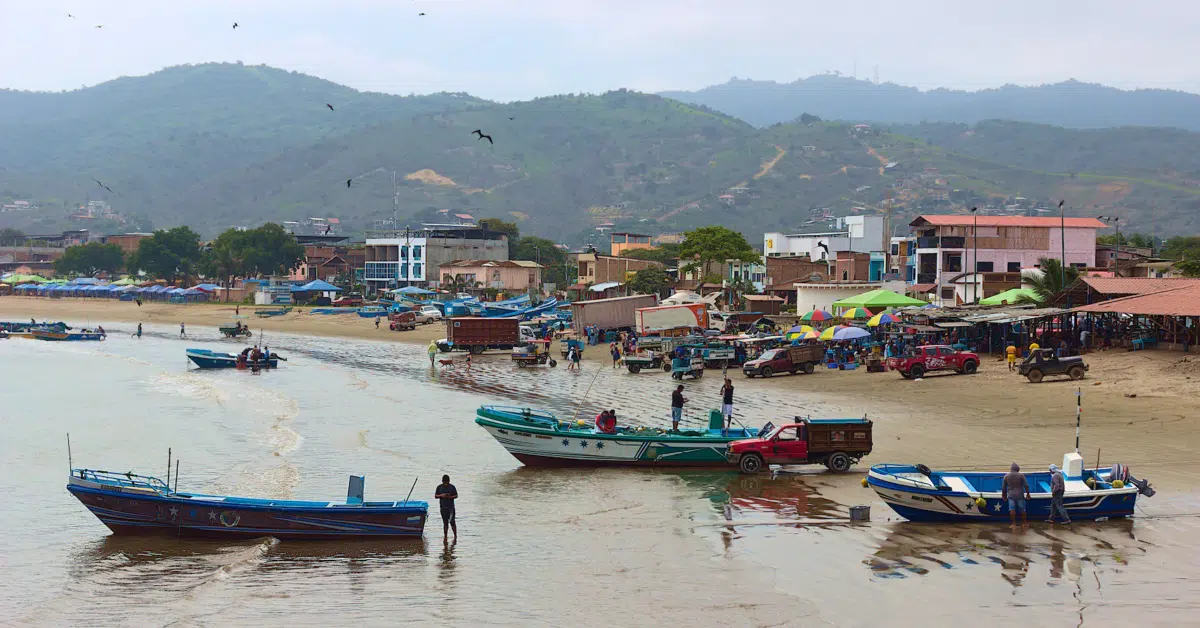
Colombia’s beaches are equally stunning, with white sands and clear blue waters perfect for swimming and snorkelling. Some of the most popular beaches in Colombia include Baru, just a 45-minute boat ride from Cartagena. Some others:
- Cabo San Juan, located in the Tayrona National Natural Park; Pilon de Azucar, in La Guajira.
- Playas de Palomino, part of the San Andres Archipelago.
- San Andres, 500 miles off the Caribbean coast.
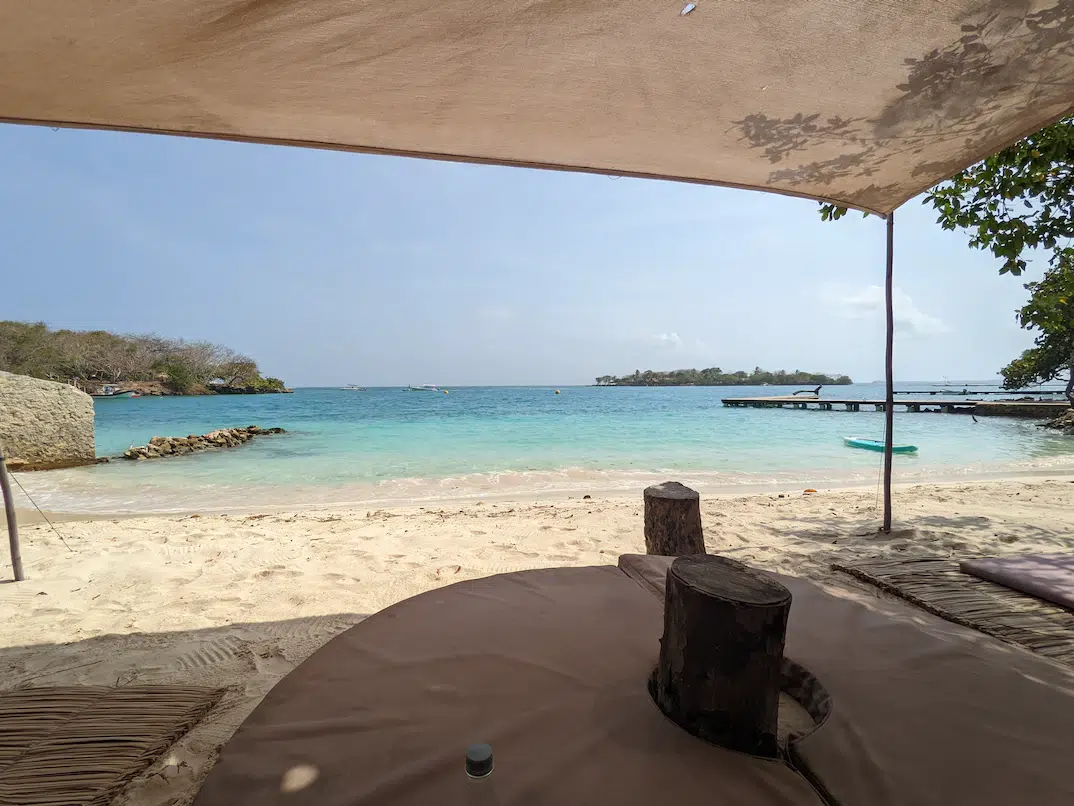
Further notable beaches in Colombia include La Guajira, home to the Wayuu people and sand dunes; Baru Island, known for its pink and white sand and crystal clear waters and Nuqui, a gem of largely unspoilt oceanfront.
Summary Beaches Ecuador vs Colombia
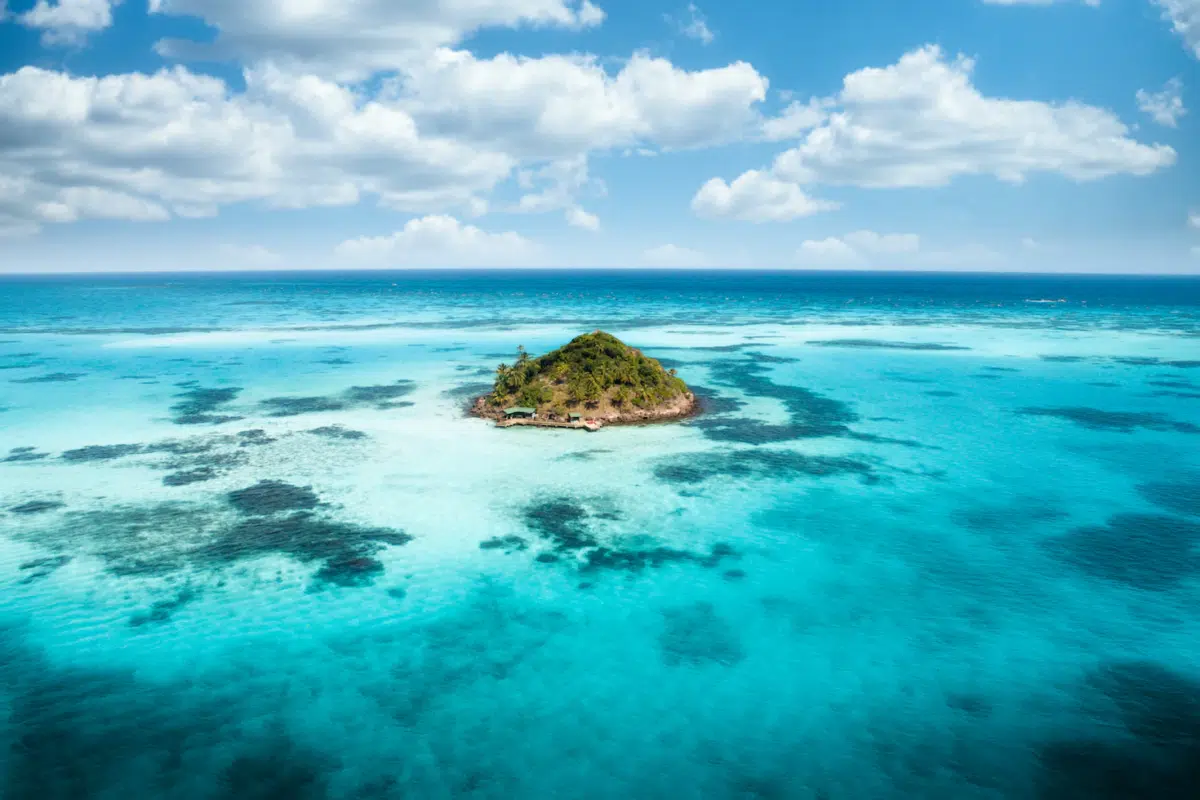
In conclusion, both Ecuador and Colombia offer a variety of incredible beaches, each with its own unique offerings. Whether you’re looking for a place to relax in the sun, a place to party, an opportunity to spot some wildlife, or a place to surf, both countries have something to offer. Ultimately, it all comes down to personal preference.
Personally I would prefer Colombian when it comes to beaches.
| Category | Ecuador | Colombia |
| Popular Beaches | Puerto Lopez, Rabida Island’s Red Beach, Playa de Olon, Mompiche, Montañita, Tortuga Bay, Ayangue | Baru, Cabo San Juan, Pilon de Azucar, Playas de Palomino, San Andres, La Guajira, Baru Island, Nuqui |
| Characteristics | Powdery white sands, warm blue waters | White sands, clear blue waters |
| Activities | Swimming, water sports, wildlife watching, surfing | Swimming, snorkelling |
| Unique Offerings | Galapagos penguins, Wayuu people and sand dunes | Pink and white sand, largely unspoilt oceanfront |
Both countries have unique beaches with their own characteristics and offerings. Ecuador’s Rabida Island’s Red Beach is home to sea lions, flamingos, and Galapagos penguins, while La Guajira in Colombia is home to the Wayuu people and sand dunes. Baru Island in Colombia is known for its pink and white sand and crystal-clear waters, and Nuqui is a gem of largely unspoilt oceanfront. Ultimately, the choice of beach destination comes down to personal preference.
Transportation
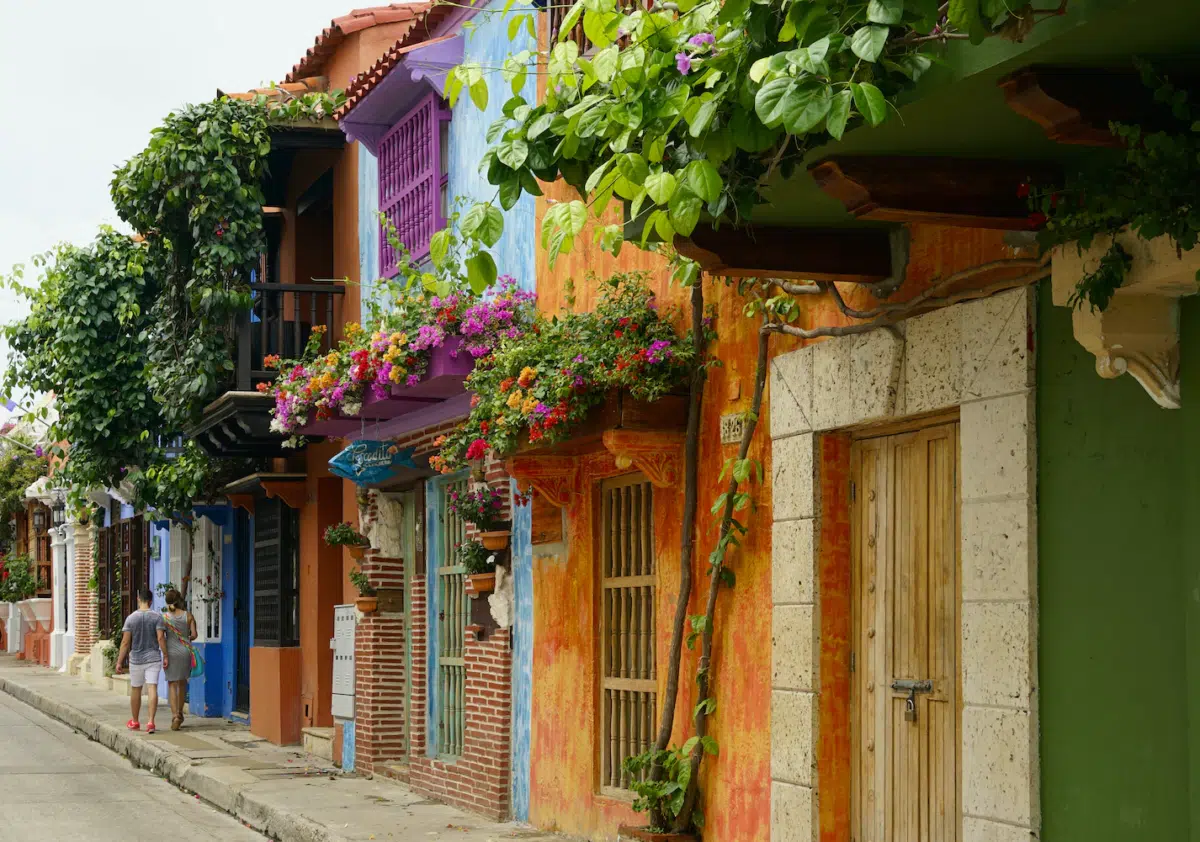
Travelling in Ecuador and Colombia can be a great way to explore the two countries and get a taste of their respective cultures. Although Ecuador and Colombia are two very different countries, there are some similarities and differences in their transportation systems that travellers should be aware of.
The most popular means of getting around Ecuador is by bus. There are many routes between major cities, and many of the larger buses are comfortable, with air conditioning, wifi and movies. For more rural areas, where roads can be bumpy and dangerous, four-wheel drive vehicles are recommended.
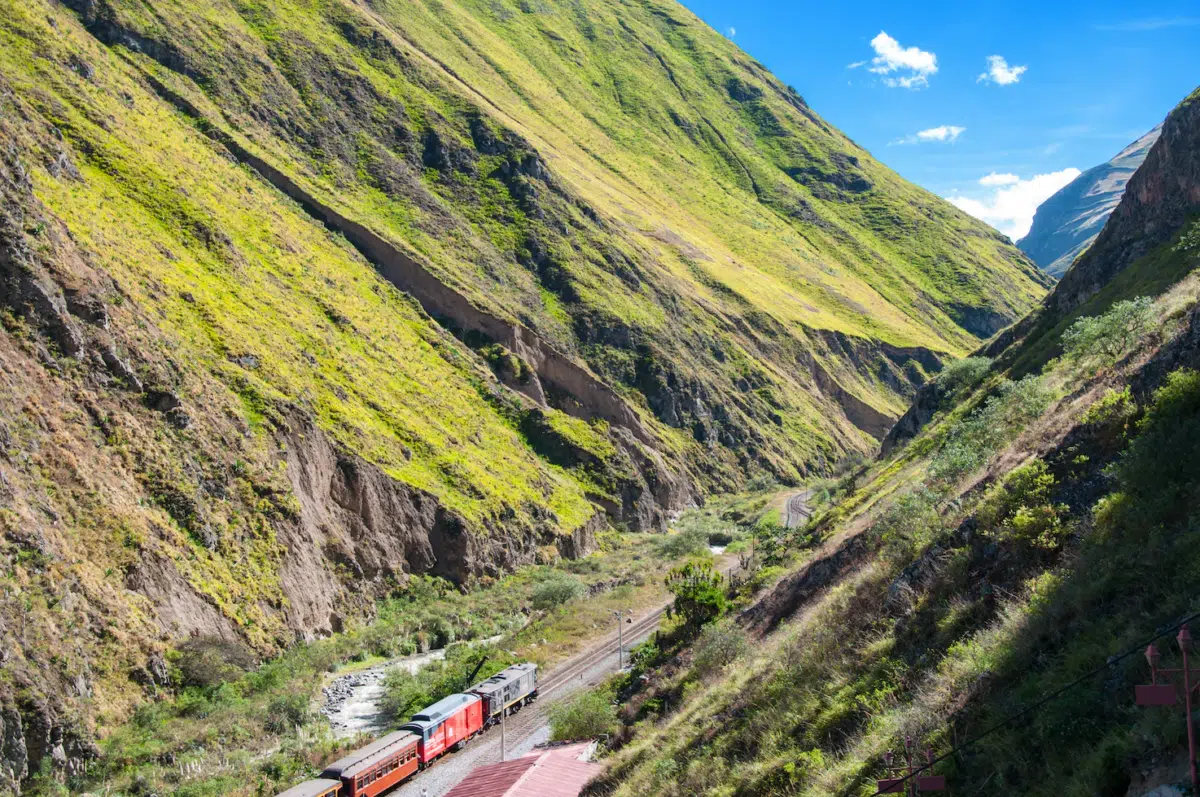
Taxis are also widely available and can be used to get around the cities. Cycling is an increasingly popular way of exploring the country, although mountain bikes are recommended as bike hire services are scarce outside of Quito. Air travel is also a good way to get around Ecuador, with most flights departing from Quito and Guayaquil.
Traveling by bus is the most common way to get around Colombia. Most buses are comfortable, with air conditioning, wifi and films. Hiring a car is also an option, although driving in cities is not recommended. Taxis are available in the cities and fares should be negotiated in advance. Cycling is also popular in Colombia, with routes throughout the country for different lengths of trip. Air travel is also an option, with flights connecting major cities.
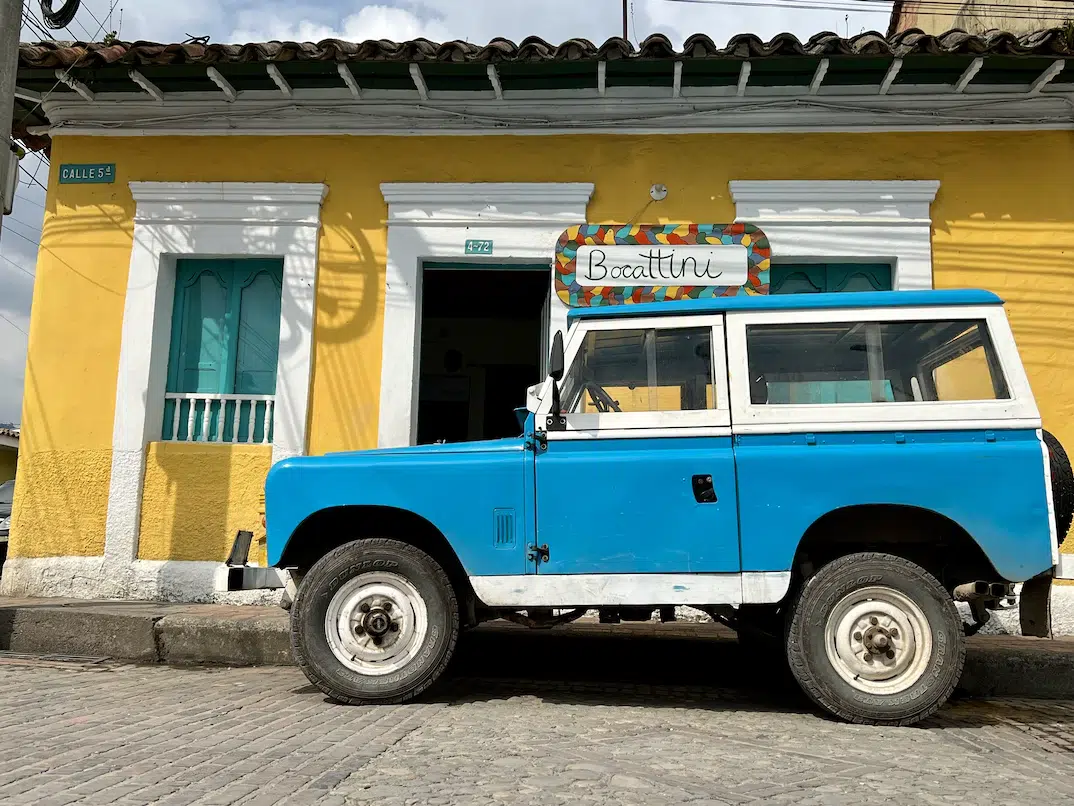
Overall Where to Stay: Ecuador vs Colombia
All in all, both Ecuador and Colombia offer a wide range of transport options for the traveller. Buses are a great way to explore the countries in a comfortable and affordable way, while car hire and cycling are options for those looking for a more adventurous experience. Air travel is also an option for those who want to get around quickly. No matter how you choose to travel, Ecuador and Colombia offer a variety of options for travellers.
| Category | Ecuador | Colombia |
| Most popular | Bus | Bus |
| Comfort of transportation | Large buses with air conditioning, wifi, and movies | Comfortable buses with air conditioning, wifi, and films |
| Rural transportation | Four-wheel drive vehicles recommended for rural areas | N/A |
| Availability of taxis | Widely available for cities | Available for cities |
| Recommended transportation for exploring cities | Taxis | Negotiated taxis |
| Recommended transportation for cycling | Mountain bikes (bike hire services are scarce outside Quito) | Cycling routes throughout the country |
| Air travel | Good way to get around, most flights depart from Quito and Guayaquil | Flights connect major cities |
Travel Time
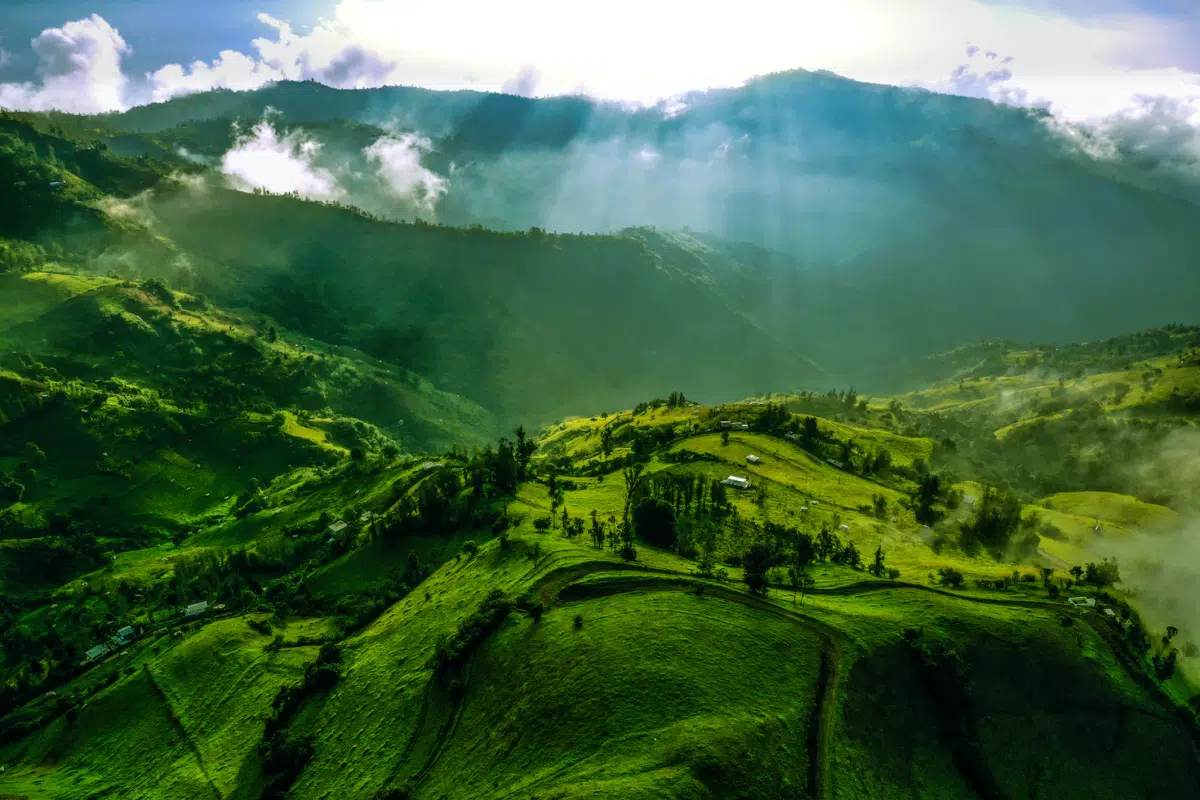
When it comes to traveling in Ecuador and Columbia, both countries offer travelers a variety of climates and weather conditions to enjoy throughout the year. Ecuador, located on the equator, has very few variations in weather throughout the year, making it a great destination to visit all year round. With the equator running through the country, the best time to visit Ecuador is in May or June when the rainier time is coming to a close leaving travelers with a pleasant climate for exploring.
For those looking to explore the coast, the high season is from December to April, with warm temperatures and periodic showers. The shoulder season starts in October and carries through November, with temperatures lowering and frequent rain showers. The low season in Ecuador is from December to May, with higher rainfall and lower temperatures in the highlands.
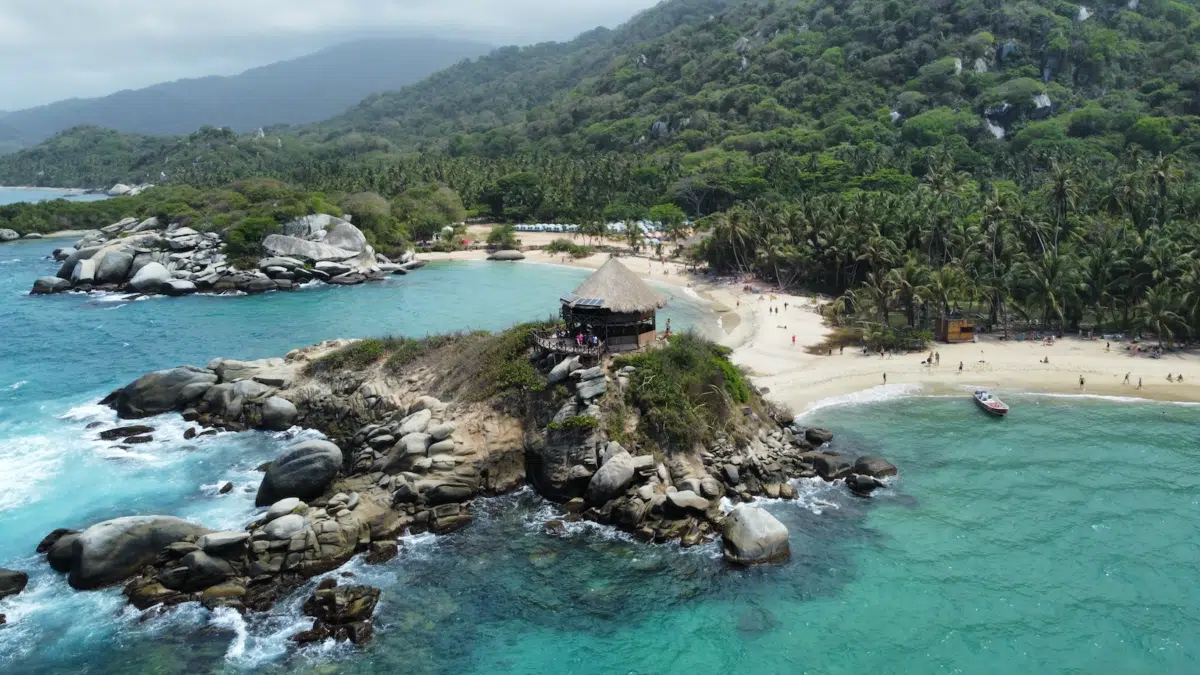
In Colombia, the best time to visit depends on the region. Generally, the drier months are the best time to travel, with January to March and June to August offering the best conditions. For those wanting to visit the Caribbean coast, such as Cartagena, the best months to travel are December to April and, with some restrictions, July. These months offer temperatures of up to 90 °F and relatively low precipitation. In terms of temperature, Colombia has a much wider range than Ecuador, with an average annual temperature of between 55.4 °F (Bogotá) and 82.4 °F (Cartagena).
Overall Ecuador vs Colombia Travel Time
In Summary, both Ecuador and Colombia offer travelers a great variety of climates and weather conditions to enjoy throughout the year. With careful planning, travelers can make the most of the best times to visit both countries.
| Category | Ecuador | Colombia |
| Best time to visit | May or June for most of the country, December to April for the coast, October to November for the shoulder season, and December to May for the low season in the highlands | Drier months: January to March and June to August. December to April and some parts of July for the Caribbean coast |
| Weather variations | Very few variations in weather throughout the year due to its location on the equator | Wider range of temperature with average annual temperature between 55.4 °F to 82.4 °F |
| Rainy season | Rainier time is from January to May in the highlands | None mentioned specifically, but some months have higher precipitation than others |
| Climate for exploring | Pleasant climate in May or June when the rainy season is coming to a close | Best conditions for traveling are during the drier months |
Weather and Climate
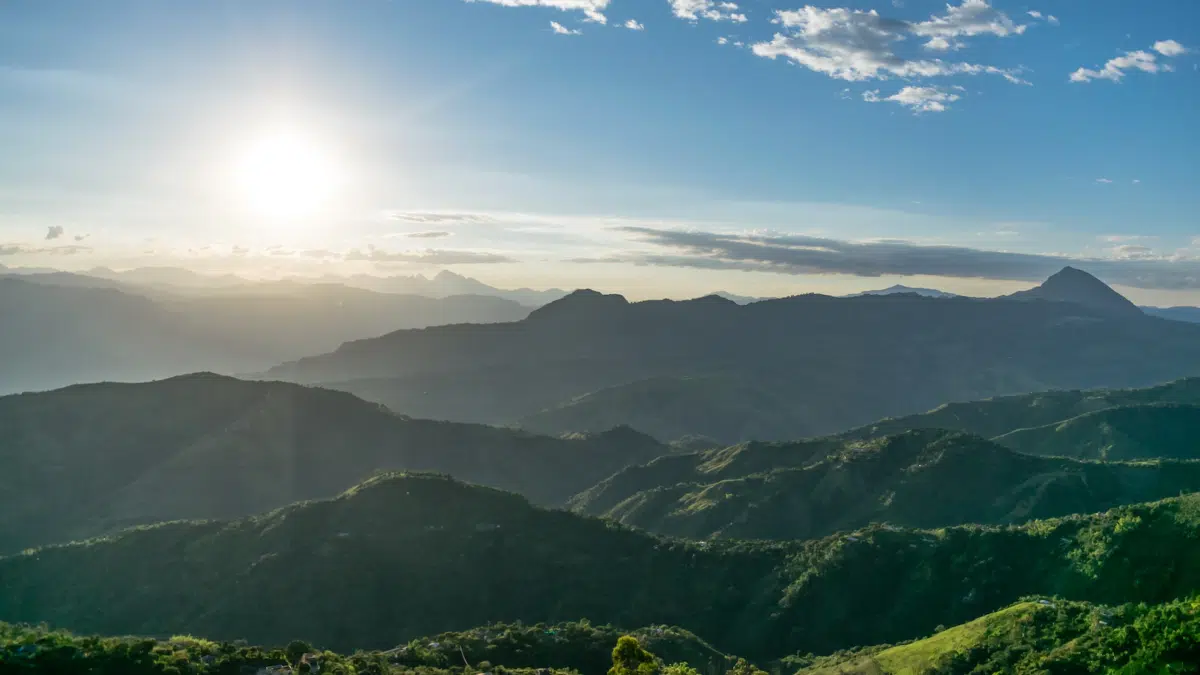
Ecuador and Colombia have very different climates due to their unique geographical locations. Ecuador lies on the equator, while Colombia lies just north of it. This results in very different climates between the two countries.
In Ecuador, temperatures are generally warm and humid due to its proximity to the equator. Ecuador’s climate is mainly influenced by the Andes, which create a cooler climate in the central part of the country. The western part of the country is also influenced by the Humboldt Current, which brings cooler temperatures and a drier climate.
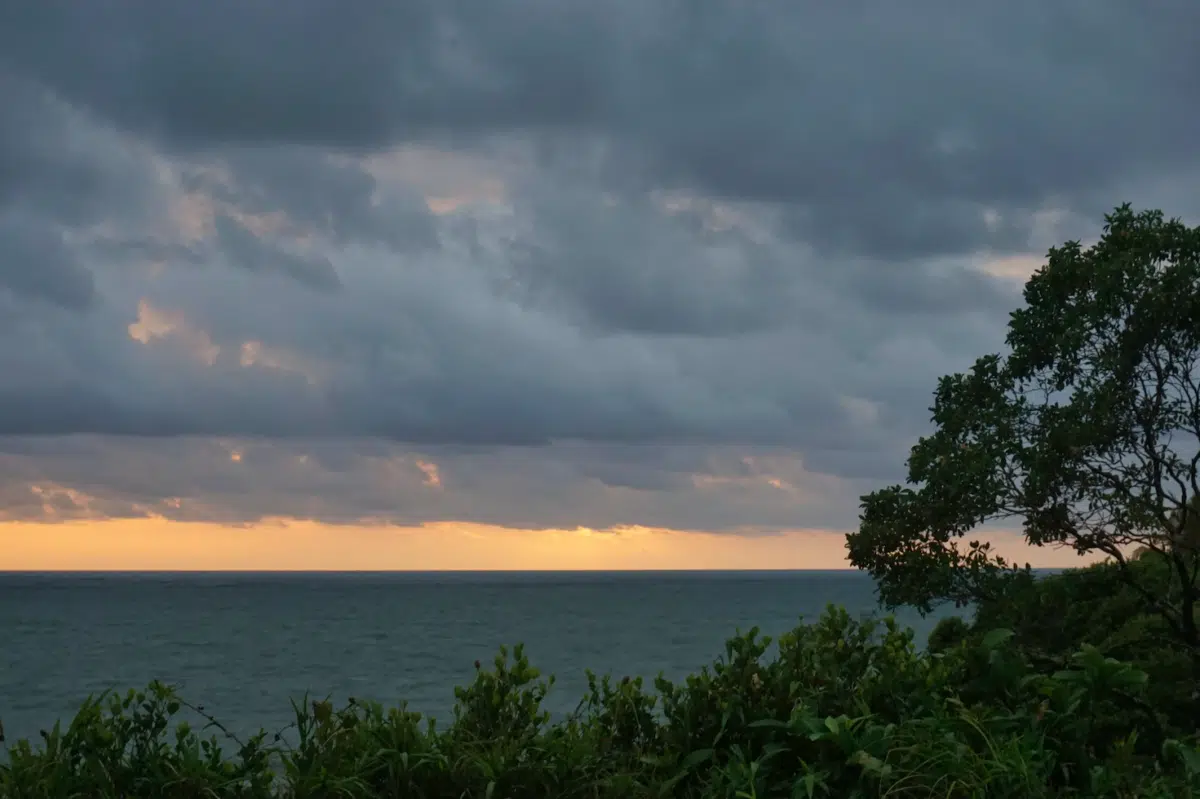
The northern coast of Ecuador is characterised by an equatorial climate with year-round warm temperatures and constant rainfall. The eastern part of the country is covered by the Amazon region and experiences an equatorial climate with high rainfall.
In Colombia, temperatures vary according to altitude. In the lowlands, temperatures generally average around 75°F. As you move uphill, temperatures generally drop and can reach as low as 54°F in higher areas. In the south-western region of Pasto, temperatures are consistently between 75°F and 77°F throughout the year. Colombia has two rainy seasons, April-June and October-November, and a dry season in between. The driest month is usually July, which is also the month with the most sunshine.
Overall Weather: Ecuador vs Colombia
Both Ecuador and Colombia have tropical climates with variations due to their unique geographical locations. Ecuador’s climate is mainly influenced by the Andes and the Humboldt Current, while Colombia’s climate is mainly influenced by its altitude. Both countries have two rainy seasons, although Ecuador’s is more consistent due to its proximity to the equator. Colombia’s sunniest month is July, while Ecuador’s climate is generally pleasant throughout the year.
| Category | Ecuador | Colombia |
| Geographical Location | Lies on the equator | Lies just north of the equator |
| Climate | Generally warm and humid, influenced by Andes and Humboldt Current, equatorial climate with constant rainfall in the north and high rainfall in the east | Temperatures vary by altitude, with temperatures dropping as you move uphill. Two rainy seasons (April-June and October-November) and a dry season in between. The driest month is usually July. |
Accomodations
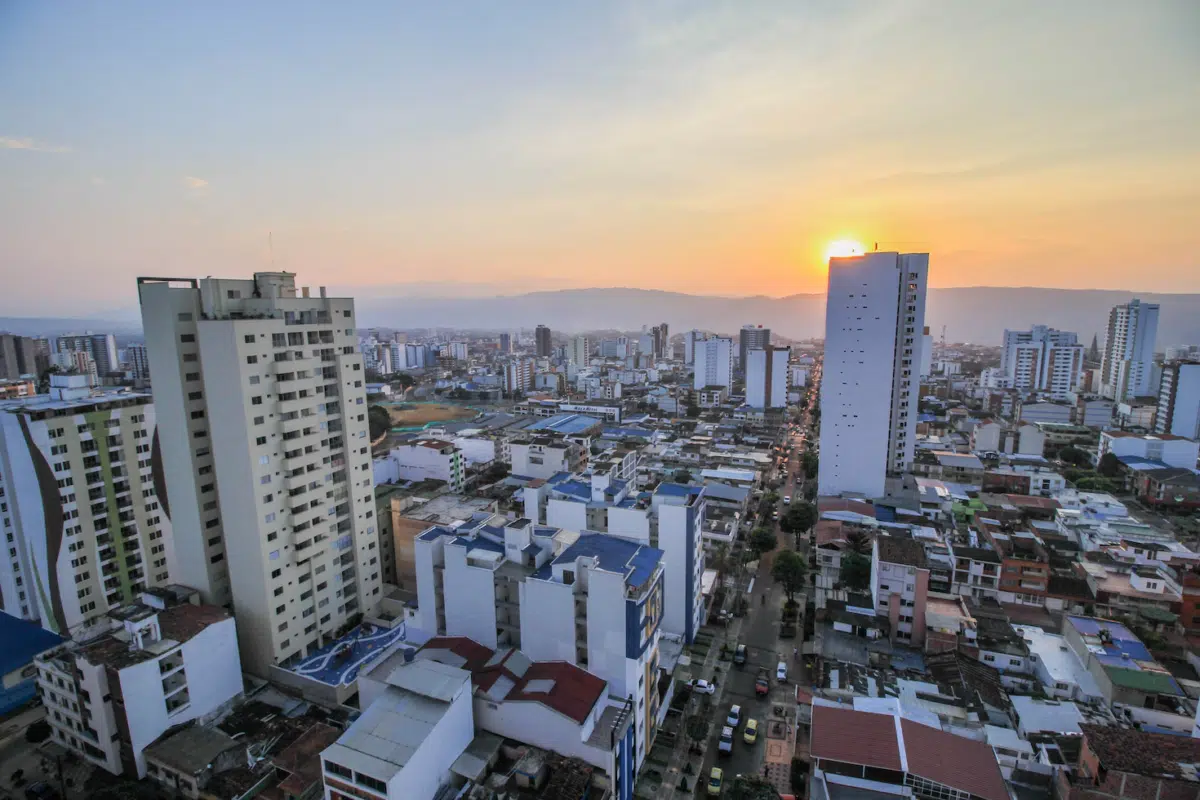
When it comes to choosing where to stay while exploring Ecuador and Colombia, there are a variety of options to suit any budget.
Ecuador
In Ecuador, hotels range from pocket-sized hospedajes (guest houses) in humble homes to 5-star establishments. Bed and breakfasts are plentiful, often in the form of hospedajes or guest houses. Camping is allowed in many parks and reserves, and can be a great way to explore the wilderness. Youth hostels are also popular in Ecuador, with a chain of hostels offering excellent services, facilities, and information about the local areas.
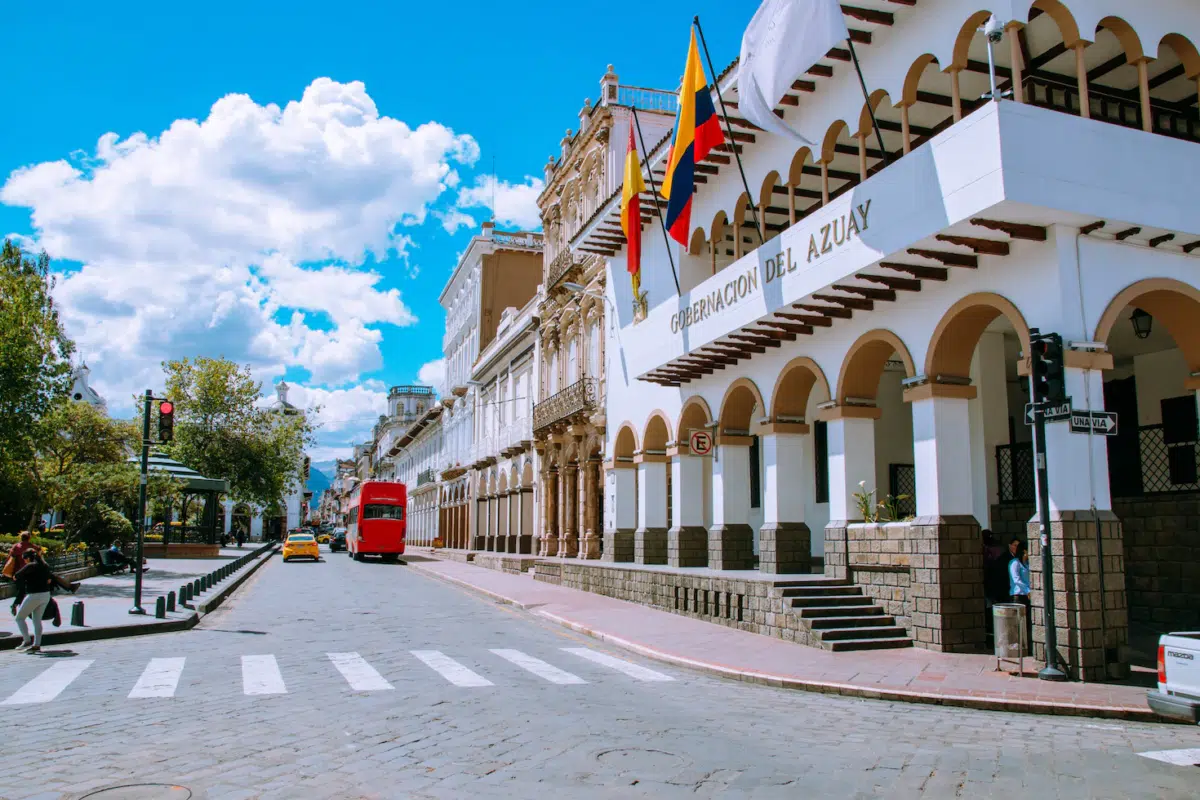
For a unique experience, travelers can stay at a colonial hacienda or an eco-lodge in the jungle. Hotels in Ecuador may be labeled as pensión, residencial, hostal, hotel, or hostería, and a 10-20% service charge and 5% tax are usually added to the bill. Luxury and eco-lodges can also be found in the jungle, while camping is an option in certain areas such as Tayrona National Park and Lago Calima.
Colombia

In Colombia, travelers have many options for accommodations. Hotels vary widely in size and quality, from pocket-sized hospedajes to luxury 5-star establishments. Bed and breakfasts are also plentiful, usually in the form of hospedajes or guest houses. Camping is available in certain areas, such as along the Caribbean and Pacific coasts and around Lago Calima. Youth hostels are a great option for budget travelers, with a chain of hostels offering excellent services and facilities throughout the country.
For a unique experience, travelers can stay at a rural farmstay, self-catering hostel or apartment, eco-resort, or even a tree top lodge. Motels are also common in Colombia, but are not the same as US-style motels and are not a good choice for travelers.
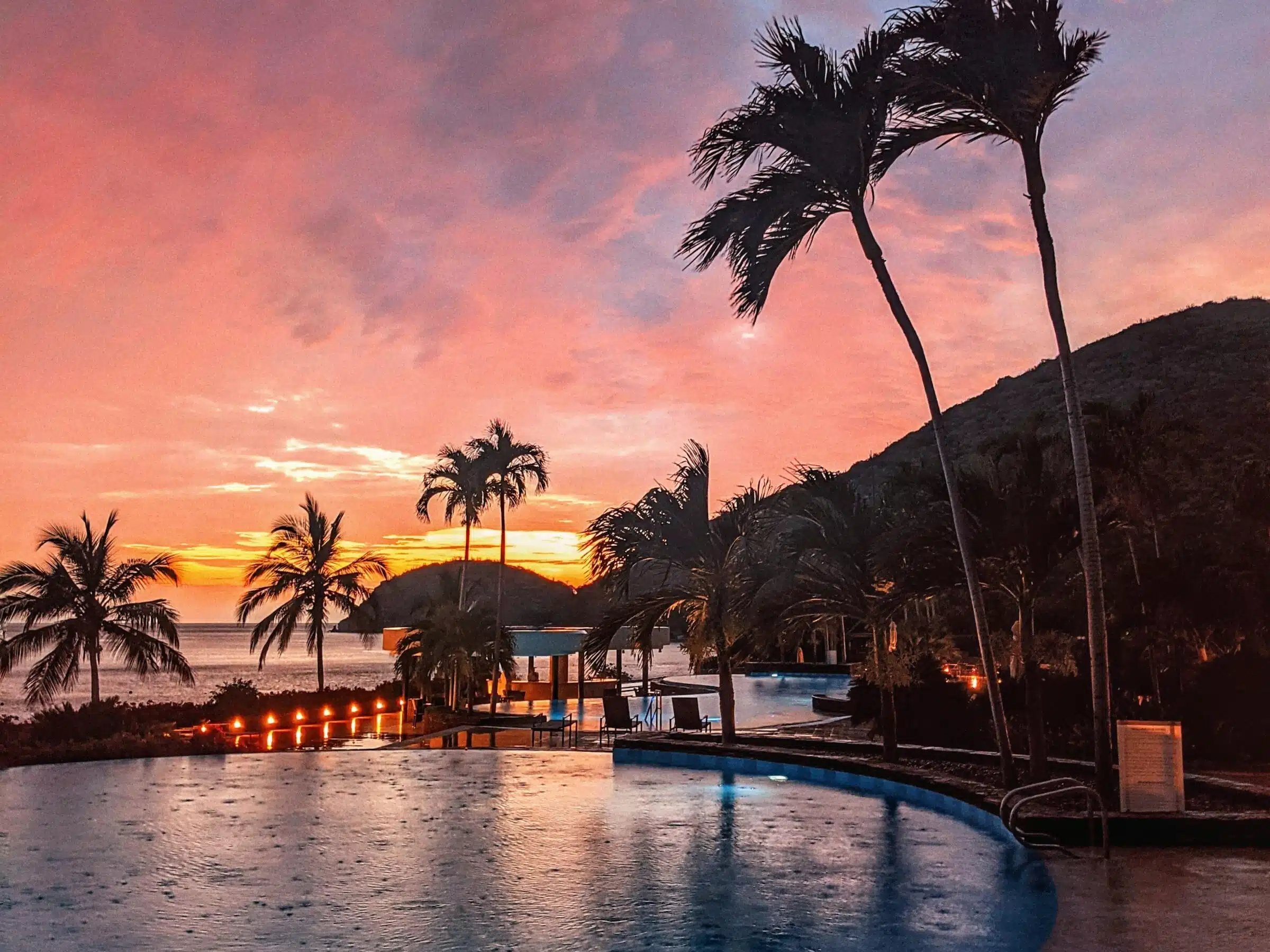
Finally, for those looking for an eco-friendly experience, Colombia has a range of ecolodges that strive to impact the environment as little as possible while also working closely with local communities. For those looking to experience the famous Colombian coffee, staying on a coffee farm is a great option.
Summary Accomodations Colombia vs Ecuador
Overall, both Ecuador and Colombia offer a wide range of accommodation options to suit any budget and style. From luxury hotels to camping in the jungle, there is something for everyone. So if you’re looking for a unique and memorable experience, consider one of these countries as your next destination!
Whether you’re looking for a luxury hotel, a unique eco-lodge, or a budget-friendly hostel, both countries have something for everyone.
| Category | Ecuador | Colombia |
| Types of Accommodation | Hotels range from pocket-sized hospedajes to 5-star establishments, bed and breakfasts, colonial haciendas, eco-lodges, and camping in many parks and reserves. Youth hostels are also popular. | Hotels vary widely in size and quality, bed and breakfasts, rural farmstays, self-catering hostels or apartments, eco-resorts, tree top lodges, camping in certain areas, and motels (not US-style). Ecolodges and coffee farm stays are available for eco-friendly experiences. |
| Additional Fees | A 10-20% service charge and 5% tax are usually added to the bill. | No additional fees mentioned in the text. |
| Unique Experiences | Staying at a colonial hacienda or eco-lodge in the jungle. | Staying at a tree top lodge, rural farmstay, or coffee farm. Ecolodges that aim to have minimal environmental impact are also available. |
Economy
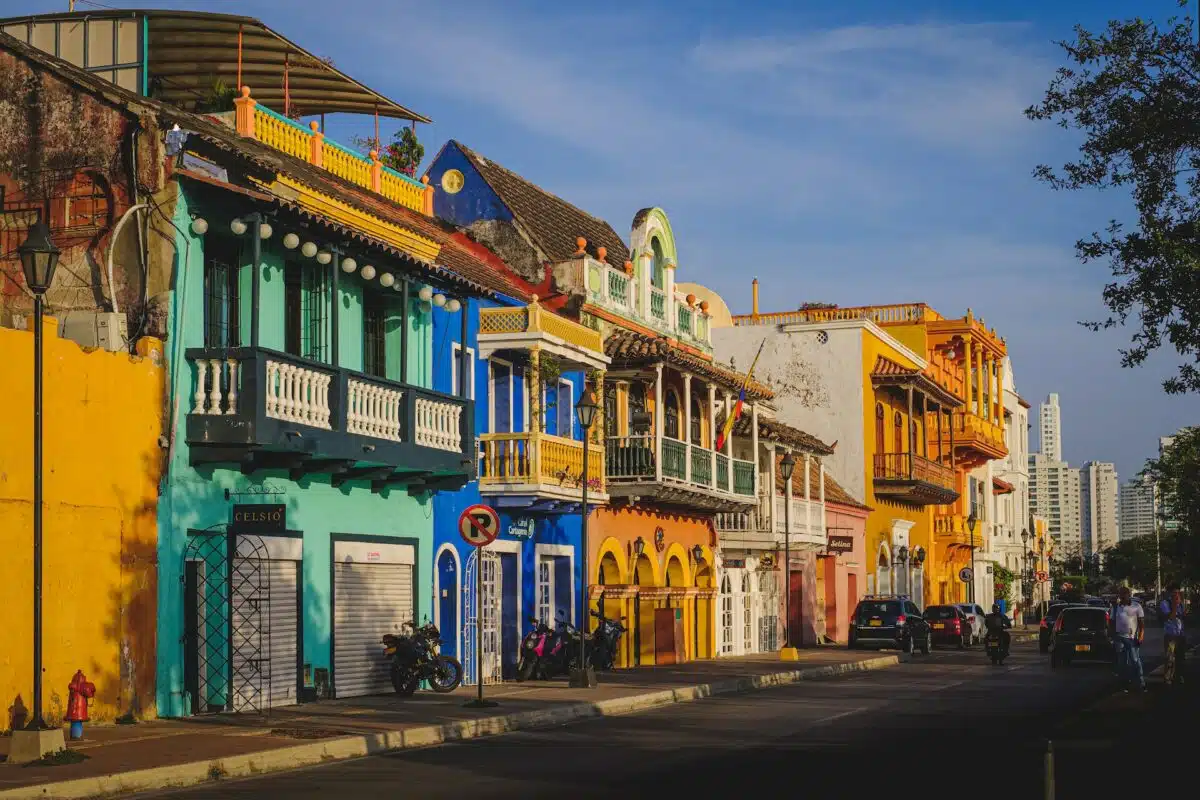
The countries of Ecuador and Colombia have many similarities and differences in their economic situations. Both countries are located in South America and have experienced a period of economic growth in recent years. Colombia has a population of 52.1 million and a GDP of $728.8 billion, while Ecuador has a population of 18.4 million and a GDP of $192.8 billion.
The top personal income tax rates in the two countries are also similar, with Ecuador’s rate at 35 per cent and Colombia’s at 39 per cent. However, Colombia’s top corporate tax rate has been reduced to 31 per cent, while Ecuador’s remains at 25 per cent. In addition, the overall tax burden in Colombia is 19.7 per cent of total domestic income, while in Ecuador it is 20.1 per cent.
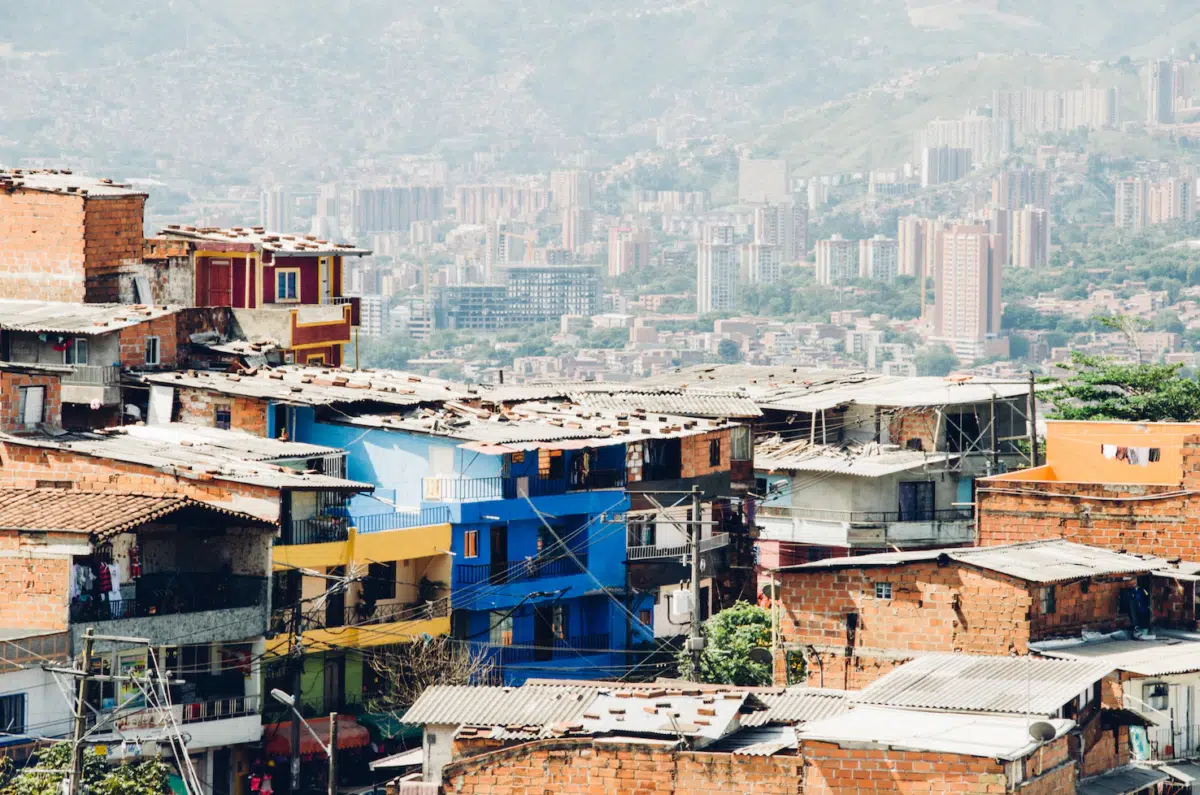
Government spending is relatively high in both countries, accounting for 33.7 per cent of total output (GDP) in Colombia and 36.7 per cent in Ecuador over the past three years. In both countries, budget deficits have averaged 4.2 per cent of GDP in Ecuador and 4.7 per cent of GDP in Colombia.
The unemployment rate is 6.2 per cent in Ecuador and 15.4 per cent in Colombia. Ecuador’s inflation rate (CPI) is -0.3 per cent, while Colombia’s is 2.5 per cent. Finally, Ecuador has an FDI inflow of $1.0 billion, while Colombia has an inflow of $7.7 billion.
Summary Economy Comparison: Ecuador vs Colombia
All in all, both Ecuador and Colombia have experienced periods of economic growth in recent years. However, their economic situations still differ in several areas, including taxation, government spending, unemployment and foreign investment. Despite these differences, both countries are committed to continuing their economic development in the coming years.
| Category | Ecuador | Colombia |
| Population (millions) | 18.4 | 52.1 |
| GDP (billions of USD) | 192.8 | 728.8 |
| Top Personal Income Tax Rate | 35% | 39% |
| Top Corporate Tax Rate | 25% | 31% |
| Overall Tax Burden | 20.1% | 19.7% |
| Government Spending (% of GDP) | 36.7% | 33.7% |
| Budget Deficits (% of GDP) | 4.2% | 4.7% |
| Unemployment Rate | 6.2% | 15.4% |
| Inflation Rate (CPI) | -0.3% | 2.5% |
| Foreign Direct Investment Inflow (billions of USD) | 1.0 | 7.7 |
It shows that both countries have experienced economic growth, but also have differences in taxation, government spending, unemployment, inflation, and foreign investment. Despite these differences, both countries remain committed to economic development in the future.
Summar: Ecuador vs Colombia
In conclusion, both Ecuador and Colombia are countries with unique cultures and stunning natural attractions that are sure to leave a lasting impression on any traveller. Ecuador boasts a wealth of natural wonders such as the Galapagos Islands, the Amazon rainforest and the Andes mountains, while Colombia is known for its vibrant cities, colorful colonial architecture and picturesque Caribbean beaches.
When it comes to beaches, Colombia has a slight edge, with its Caribbean coastline boasting some of the most beautiful beaches in the world. However, Ecuador’s beaches are well worth a visit, especially the popular coastal town of Montanita.
In terms of travel time, both countries are relatively easy to reach, with flights available from major cities around the world. Transport within the countries is also fairly straightforward, with buses and taxis readily available.
Food and drink is a highlight in both Ecuador and Colombia, with traditional dishes featuring fresh seafood, tropical fruits and aromatic spices. Accommodation in both countries ranges from budget hostels to high-end hotels, offering something for every traveller’s taste and budget.
Finally, while Ecuador has a smaller economy than Colombia, both countries offer many opportunities for travelers to support local businesses and contribute to the local economy. All in all, whether you choose Ecuador or Colombia, you are sure to have an unforgettable trip filled with unique cultural experiences and stunning natural wonders.
Article: Ecuador vs Colombia! You can find more Colombia articles here: El Salvador blogs or looking for a comparison of Haiti vs El Salvador
- National Parks in Montana: A Traveler’s Paradise - June 2, 2024
- National Parks in Arizona: Discover the Wonders - June 2, 2024
- Yucatan National Parks - June 2, 2024

